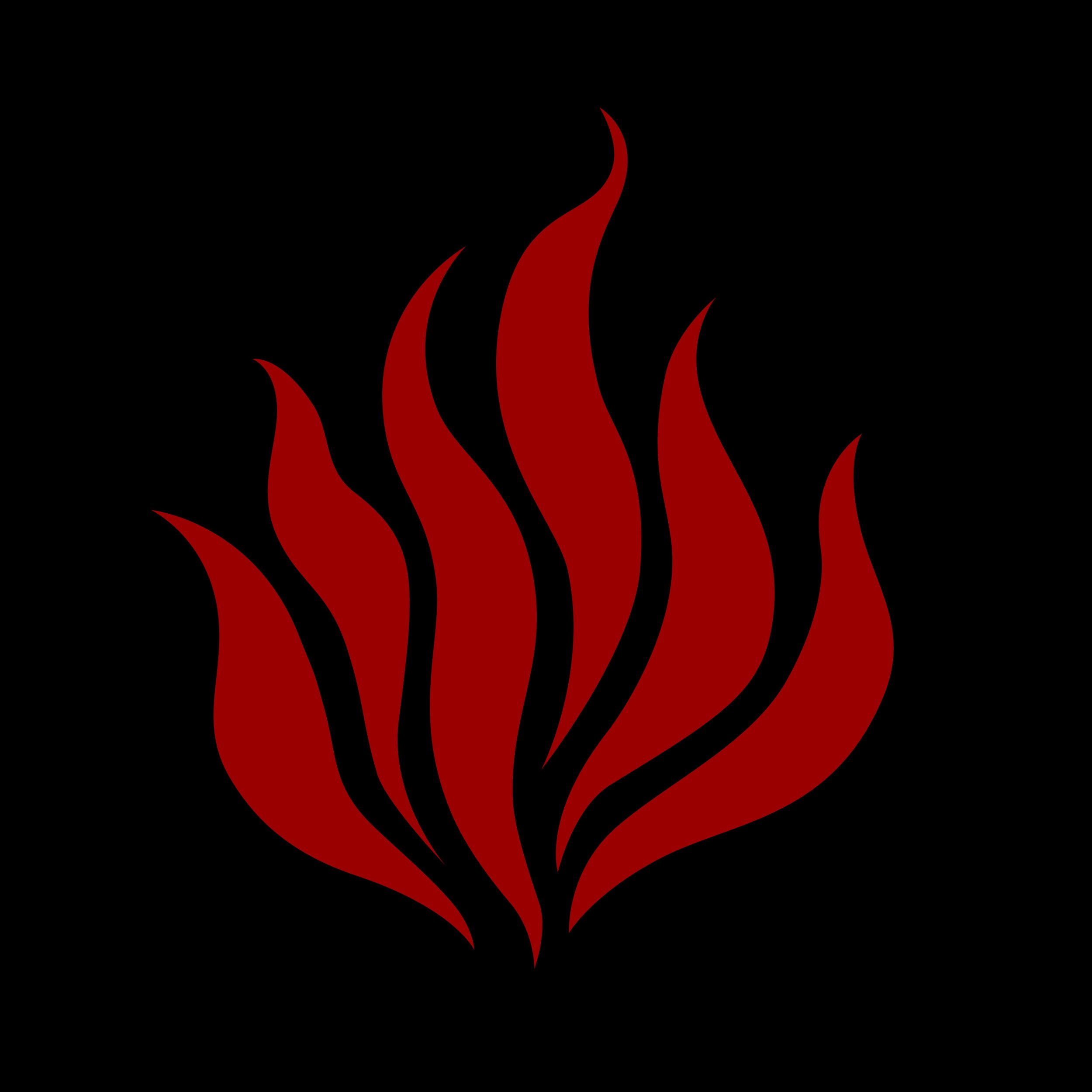The Free Tribes
Aliases: Freefolk (common), Tribals (slang)
The arrival of the Illustrados and the Temple in the Mid-Atlantic slowed the conflicts between the disparate towns and tribes of the region before stilling them completely. The Free Tribes arose from those communities and desired the expulsion of the two Arch-Factions from their lands and their lives. Thus, these communities and orders have allied together for that very purpose, though their alliances worked instead to defeat the Harbingers alongside the Illustrados and Temple.
As a whole and as subfactions, the Free Tribes are fiercely independent of their business and their destiny. However, this commingled alliance has resulted in pacts with enemy and enemy and with raider an d avenger, the first steps to an internal and lasting peace that once eluded the tribes and communities that make this Arch-Faction who they are.
Lore Level: Low to medium reading
Image by Nicco Salonga
-
The Pact Flame — it is a flame with six-tongues with each flame (or smoke above it). Sometimes, these are stylized to represent the main six Tribe. On occasion, dark or black hand print, encircled in a flame-tongue. Associated colors are Dark Red, Rust and Brown, although the different Tribes themselves have their own symbols and associated colors.
-
The aesthetics of the Free Tribes are as diverse as their member Sub-Factions. Some prefer genteel garmentry, such as the Cartel. Others are seen only in wild and savage garb, such as the PackHunters and the Hellhounds. However, the Freefolk are marked by the hardships of surviving in this new ruined worldscape. Their clothing and gear and equipment will be scuffed and battered and patched. Even the Cartel, with their armored blazers and sharp suits, feature some rips, patches and wear that is associated with hard living.
-
Independent: The desperate peoples from the Free Tribes are from nomadic cultures or fortified communities, each with their own laws and dictum. This means that their partnership has had to endure the clashing of these values and norms. Unsurprisingly, The Free Tribes value their freedom from the other Arch-Factions most of all. To that end, many Freefolk will cling to their own cultures and values while being wary of any domineering on the part of the other Arch-Factions, and occasionally, from other Freefolk.
Survivors: The small tribe mind-set of the Freefolk define much of their word and action. Unlike the other Arch-Factions, they did not have sufficient resources to weather the terrible environment of the World Beyond the Fall. Therefore, they tend to prioritize the survival of themselves and their group over the survival of others. On the other hand, this makes them especially prone to close and/or filial bonds with group members and those they have accepted as allies.
Wary: The Freefolk bear the scars of the Ember War most of all, easily recalling the rampage of the Harbingers and the threat of the other Arch-Factions. However, they have not forgotten the crimes that the other Freefolk have done to them. Freefolk must balance the need for cooperation with the memory of the wrongs upon them. Some are able to easily do this, using contracts or alliances with those they would otherwise disdain completely. Others have a hard time, using avoidance or working with proxies, if the worst comes to pass and cooperation becomes required for survival (as it sometimes does).
Pact-Bound: The Pact of the Free Tribes were signed by its member Factions to become a force powerful enough to defeat the Illustrados and the Temple. Similarly, each Free Tribe takes great pride in the various blood-oaths and contracts that they partake in to celebrate their alliance. Some, like the Grailguard, like to vocalize their oaths and vows to witnesses. For others, like the Packhunters, a promise is a quiet ceremony signed in blood and honor. The Cartel keeps to simple and direct contracts, signed in triplicate and usually riddled with small print.
Sub Factions — the FREE Tribes
The warring of the Harbingers drove thousands from their homes and gave birth to the Dustriders, sometimes called the Dusters. Their warbands stand watch over adopted communities, hunt monstrosities for coin, or hunt down ex-Dusters that prey upon the innocent.
The Grailguard’s heavy armor and sharp swords call to mind a time of honor and chivalry, though they do not shy from auto-pistols and flame-throwers. Though many regard them as inflexible, foolish, and overly stringent, the Grailguard are well-regarded by communities as protectors, and avengers.
The Hellhounds are known for the roar of their engines and the rumble of their chain-blades. The Motorgangs’ desire to return to raiding clashes heavily with the need to remain a part of the Free Tribes, for the sake of survival.
In their own eyes, the Cartel is a force of order and discipline in the North American continent. They fund and supply the improvement of communities. However, they are hated for their ruthless business practices and their willingness to perform horrible acts in accordance to their code of honor.
When the Scavvers’ junk-laden wagons and auto-carriages trundle to a rest at the fringes of a town, some communities see them as little more than carrion-eaters in human form and mismatched garmentry. However, they are known to be the most daring of tinkers and a useful font of news, rumors, and trade.
These nomadic, clannish peoples travel in small groups across continental North America. They are hunters, gatherers and spiritualists first and foremost, having adapted to the nightmarish landscape of the World Beyond the Fall. They wear the runed skins of monstrosities, commune with the ruined earth, and understand the wrathful sky’s whispers.

